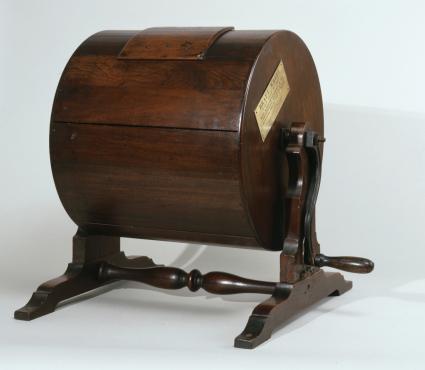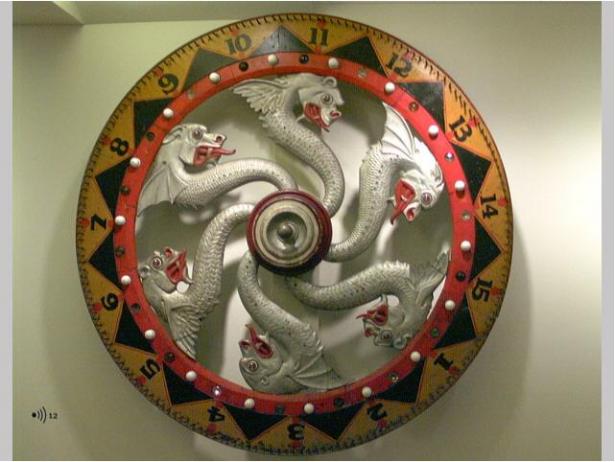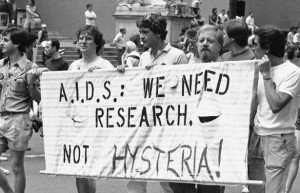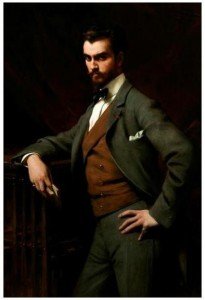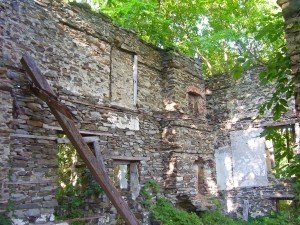 Just about any morning, cars as well as trucks race back and forth through the intersection of Stone Castle Road and Route 17K in the Town of Montgomery. Many of these commuters, shoppers, or moms driving their children to school are oblivious to the ruins that stand right off to the side, in a wood lot, of the rather busy part of this Orange County road.
Just about any morning, cars as well as trucks race back and forth through the intersection of Stone Castle Road and Route 17K in the Town of Montgomery. Many of these commuters, shoppers, or moms driving their children to school are oblivious to the ruins that stand right off to the side, in a wood lot, of the rather busy part of this Orange County road.
Only while stopping along the road, some years ago, I happened upon the remains of what seemed to have once been a beautiful mansion. A blue New York State Education Department sign alerts people that this skeleton, almost lost in the woods, was the site of “the Colden Mansion built of stone in 1767 by Cadwallader Colden, Jr.” How many families, like the Coldens, can boast about having Royal Surveyors, Lieutenant Governors, Acting Governors of New York, noted scientists, and even one of the first female botanists in the Americas among them? Read more →
